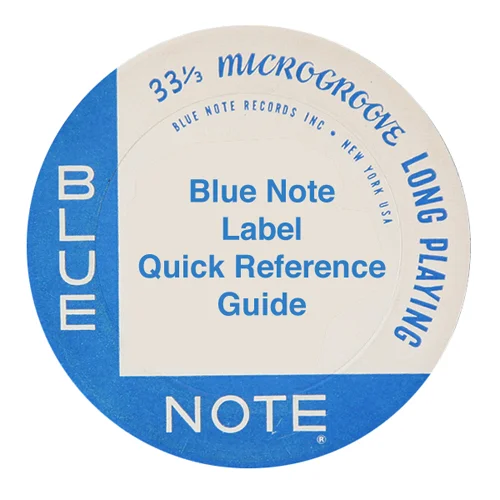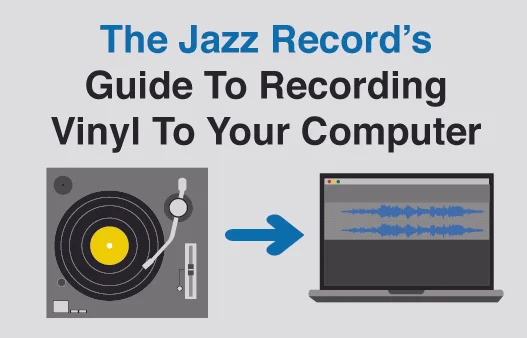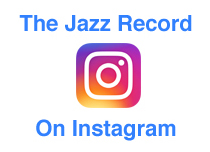George Russell (featuring Bill Evans) - "Jazz In The Space Age"
/George Russell • Jazz In The Space Age • 1960 • DL 79219
Recorded May & August, 1960 in New York City
The Selection:
The Players:
On A1, A3, B1 and B3:
Bill Evans - Piano
Alan Kiger - Trumpet
Ernie Royal - Trumpet
Dave Baker - Trombone
Frank Rehak - Trombone
Jim Buffington - French Horn
Walt Levinsky - Alto Saxophone
Dave Young - Tenor Saxophone
Paul Bley - Piano
Howard Collins - Guitar
Barry Galbraith - Guitar
Milt Hinton - Bass
Don Lamond - Drums
George Russell - Arranger, Conductor
On A2 and B2:
Bill Evans - Piano
Alan Kiger - Trumpet
Ernie Royal - Trumpet
Marky Markowitz - Trumpet
Dave Baker - Trombone
Frank Rehak - Trombone
Bob Brookmeyer - Trombone
Hal McKusick - Alto Saxophone
Dave Young - Tenor Saxophone
Paul Bley - Piano
Barry Galbraith - Guitar
Milt Hinton - Bass
Charlie Persip - Drums
George Russell - Arranger, Conductor
The Tracks:
A1. Chromatic Universe - Part 1
A2. Dimensions
A3. Chromatic Universe - Part 2
B1. The Lydiot
B2. Waltz From Outer Space
B3. Chromatic Universe - Part 3
The Dig:
Came across this one while casually digging through the jazz bins at my favorite out-of-town record shop, and the combination of George Russell and Bill Evans (and that killer cover artwork) had me seriously intrigued even at the $35 asking price, which was more than I was planning on spending that day. I knew Russell from his classic sextet outing Ezz-thetics (title track here) and, well, Bill Evans is hands-down one of my favorite jazz artists, so under the arm it went as the search through the bins continued. The cover and title might suggest music that is more bachelor-pad or exotica in nature, but that could hardly be the case - hidden in these grooves is some superb jazz music.
The Record:
The composer and pianist George Russell is certainly under-appreciated in the realm of modern jazz. His compositional theories concerning jazz music being played based on scales rather than chord changes (generally known as "modal jazz") was extremely influential to a particular group of adventurous musicians. The most well known example of Russell's theories in action is, of course, Kind Of Blue, but in addition to Miles Davis other musicians to popularize the style were Herbie Hancock, Freddie Hubbard, Wayne Shorter and John Coltrane.
On albums such as Jazz In The Space Age, Russell was putting his musical theories to the test in a very real world setting, with an exciting orchestra of talented players who were certainly on board with what he was trying to do. Bill Evans is the featured performer - even getting co-billing of sorts on the front cover - and if you're only familiar with his classic trio performances his playing here is quite a revelation. In contrast to his beautifully lyrical playing that has influenced generations of jazz pianists, Evans' playing here is often angular and adventurous. Evans' playing isn't the only treat here, however, as he is paired up with the underrated pianist Paul Bley and they are clearly pushing each other to creative heights. In "The Lydiot" (listen above), the song begins with the two players each taking solos (first Evans, then Bley), before they face off with each other in a series of 8 bar exchanges. It sounds as fresh and exciting today as it must have to listeners back then.
The album is divided between the longer tracks - the three-part "Chromatic Universe" suite and "The Lydiot" - and two shorter compositions, "Dimensions" and "Waltz From Outer Space," both of which retain an adventurous spirit despite their shortened playing times. While Russell would often play on his albums, he serves strictly as composer and bandleader on Jazz In The Space Age which may have added to the cohesiveness of the large group he assembled, maybe because he was able to focus on directing their playing without worrying about his own. The originality of these compositions may not be as apparent to the present-day listener as they once were (by now, the ideas behind them have been thouroughly embedded into jazz), but this album is highly recommended to those that like their modern jazz on the cutting edge. Nothing straight ahead here, just some fresh, vibrant and highly exciting jazz music that has brilliantly stood the test of time.
The Vinyl:
Everything about this record screams vintage vinyl to me. There is the extremely heavy vinyl with the older red Decca label, and then there is the cover artwork that perfectly sums up much of the "space age" aesthetic that could be found in so much late 1950's and 1960's culture and design.
This vinyl has to be close to 200 grams, and while the music comes through loud and clear there is quite a bit of surface crackle and pop on my copy. Either an indication that this album was well enjoyed or poorly cared for (or both), the surface noise doesn't detract from the musical enjoyment within, even on the quieter sections of some of the songs.
Vinyl trail-off has "7 7566 3" stamped on Side 1 and "7 7567 4" stamped on Side 2, along with a small "2" stamped on each side as well. I'm not sure what the longer numbers mean, other than that they appear below the catalog number on each side of the label. An additional reference number used by Decca perhaps?
As noted, the cool cover captures that futuristic zeitgeist that was beginning to appear in popular culture. The cover is a little beat up with some seam splitting and ring-wear, but overall nothing that takes away from the artwork. If the music wasn't so damn good, this would definitely be a candidate for a nice frame to put up near the turntable.
It seems it's a good thing I pulled the trigger at $35 for the record, as similar copies on eBay are going for $75 and up. It was more than I wanted to spend on a single record on this particular trip, but as all experienced crate-diggers know, it sometimes pays to break any self-imposed budgeting restrictions in the name of adding a rare title to the collection.
Finally, for those of you budding jazz musicians or theorists, Russell's musical theories are best summed up in his 1959 book The Lydian Chromatic Concept of Tonal Organization, which can still be purchased at Amazon here, although it appears to fetch quite a hefty asking price.
George Russell (Date & Photo Credit Unknown)













